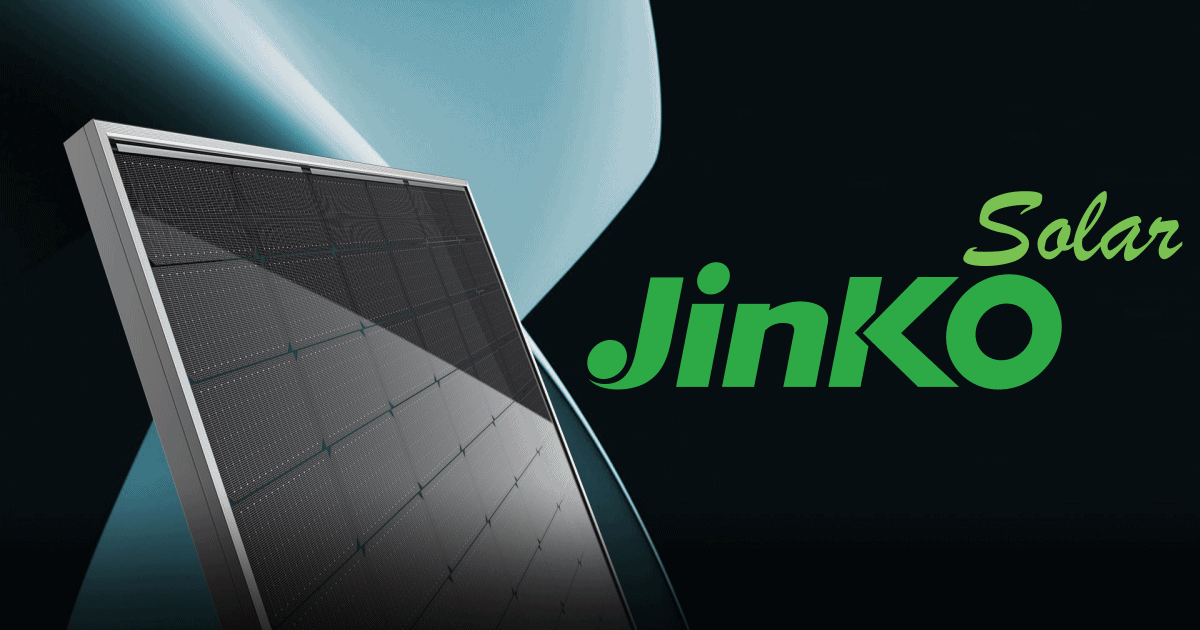One of the world’s largest solar panel manufacturers has shifted all electricity consumption for its factory in Malaysia to renewables.
In September 2019 JinkoSolar signed on to the RE100 initiative, a global initiative bringing together major companies committed to 100% renewable electricity. Jinko’s RE100 pledge is to power all its operations with 100% renewable electricity by 2025.
Late last week, the company announced 100% of the electricity used at its plant in Malaysia is now from “green” sources. Located in Penang and operational since 2015, the facility was the company’s first cell production unit outside of China. Starting out with a comparatively modest annual manufacturing capacity of 500MW for solar cells and 450MW for panels, today its production capacity has reached 7GW of solar cells and 7GW of solar panels per year.
Jinko says it has achieved 100% renewable electricity for the plant through an on-site rooftop solar power installation (capacity not mentioned) and Power Purchase Agreements (PPAs) with “generators of solar and power”. It appears there was a word left out there; assumed to be “hydro” rather than “wind”. Malaysia is considered a low wind speed area, but it has bunch of hydro power capacity (~6GW) that accounts for around 20% of the country’s electricity consumption.
The PPA aspect covers approximately 300,000,000 kilowatt-hours annually, which is enough to meet the electricity needs of equivalent to around 60,000 Australian households. The company says it is now the largest solar corporate buyer of renewable energy in South East Asia.
As for Jinko being able to hit its 2025 target across all its manufacturing operations:
“This milestone achievement advances Jinkosolar’s goal to 100% run by clean power as scheduled,” said Dany Qian, JinkoSolar VP.
That’s a shedload of renewables-based electricity consumption when you consider Malaysia’s production capacity against the company’s overall tally – and what’s to come. We mentioned back in March the company expects its annual mono wafer, solar cell and solar panel production capacity to reach 50 GW, 40 GW and 60 GW respectively by the end of 2022. As at the end of March this year, capacities were 40 GW for mono wafers, 40 GW for solar cells, and 50 GW for solar modules.
Aside from Malaysia, Jinko has factories in China – where most of its manufacturing is based – Vietnam and the USA.
JinkoSolar In Australia
JinkoSolar panels have been available in Australia for around a decade. While the company’s modules are priced more toward the budget end of the spectrum, they are of good quality and the firm is currently listed on the SolarQuotes approved solar panel brands chart.
Jinko solar panels had achieved an average 4.7 stars from 1,730 Australian customer reviews here on SQ at the time of publishing, and a 4.8 star average from 330 ratings over the last 12 months.
Jinko’s panels are pretty popular with Australian solar installation professionals too. In this year’s SolarQuotes’ Installer Choice Awards, installers voted them among the best solar panels in 2022 in the budget category – achieving second place behind Trina.


 RSS - Posts
RSS - Posts



Before this blog my assumption would have been a place that makes solar panels would run on solar, maybe use batteries as well.
How do power purchase agreements work?
dose that mean all electricity currently being used is from green sources, or dose it mean at some point green power was produced to cover the electricity currently being used? eg extra solar was made at day time so ignore the fact we are using coal now.